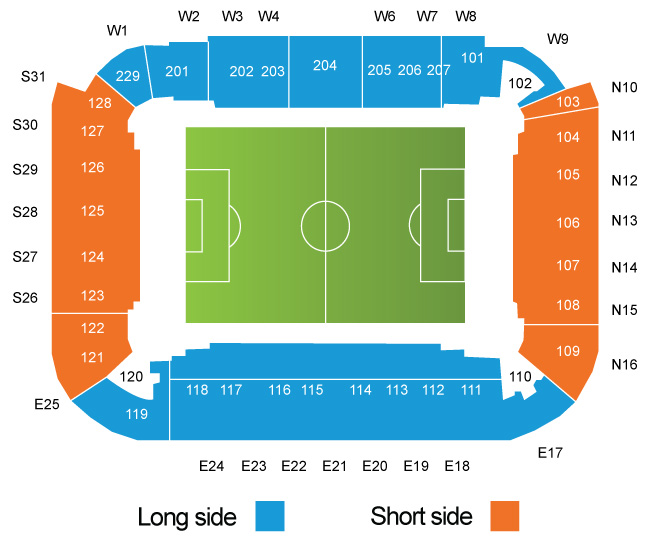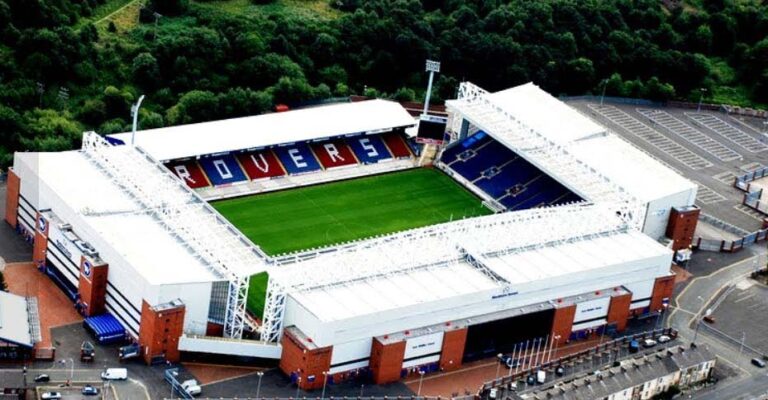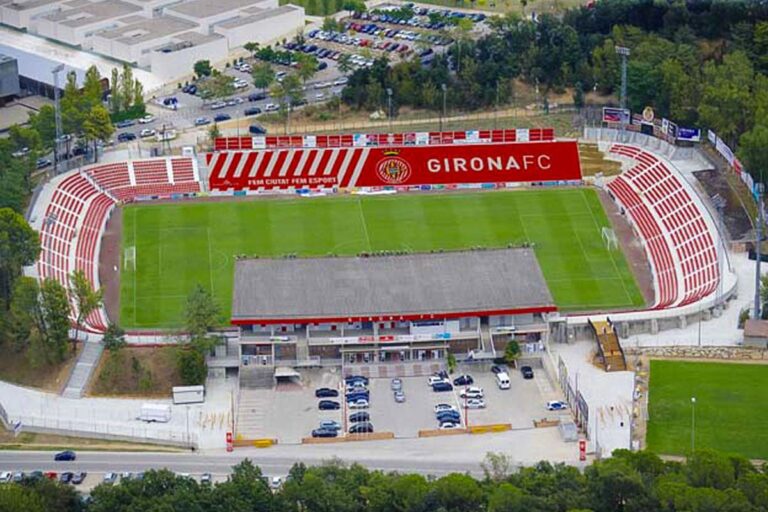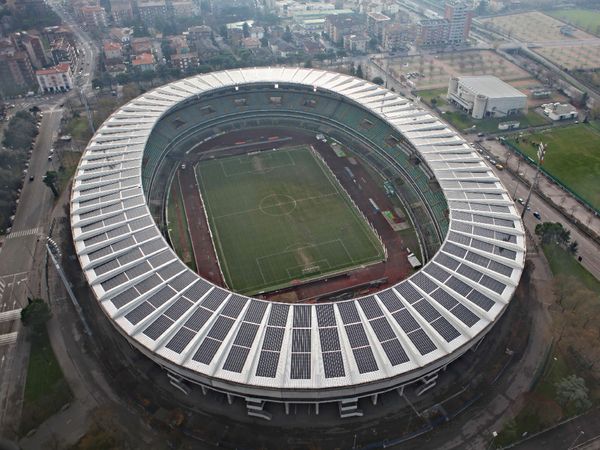Cardiff City Stadium Capacity, Tickets, Seating Plan, Records, Location, Parking

Cardiff City Stadium is a stadium in the Leckwith area of Cardiff, Wales. It is the home of Cardiff City Football Club and the Wales national football team.
After the Ninian Stand was made bigger in July 2014, the stadium can hold up to 33,280 people. The stadium replaced Ninian Park as Cardiff City’s venue in 2009 and is managed by Cardiff City Stadium Ltd., which is owned by Cardiff City Football Club Holdings Ltd. It also hosted the home games of the Cardiff Blues rugby union team until the 2011–12 season, although the Blues were originally on a lease through 2029.
After the Millennium Stadium, it is the second largest stadium in Cardiff and Wales. The stadium is part of the Leckwith development, which also includes the Cardiff International Sports Stadium. A brand sponsor name will be assigned as naming rights are sold. The stadium officially opened on 22 July 2009, with Cardiff City playing a friendly match against Celtic.
| Built In: | July 22, 2009 |
| Capacity: | 33,280 |
| Home Teams: | Cardiff City |
| Ground Size: | 100m x 68m |
Cardiff City Stadium History
First proposed as a long-term goal by former owner Sam Hammam, the new stadium first gained public approval after a meeting between Hammam and the then Mayor of Cardiff, Russell Goodway, in January 2002, which gave the club 12 months to agree on a planning and business plan. In November 2002, the club and Cardiff Council signed a framework agreement for the development, which was contingent on a later agreement for the scheme’s planning permission.
In March 2003, stories began to emerge that the CEO of the Millennium Stadium wanted Cardiff City to use his stadium instead and saw no viable plan for two 50,000+ capacity stadiums in the Welsh capital. This was increased in light of Cardiff City’s promotion to the Championship in May 2003 with local fears over traffic and access problems.
However, on 20 August 2003, Cardiff councilors unanimously approved the stadium plans, although they expressed concerns about the need and scale of the commercial development, but understood their need to finance the stadium. On September 9, 2003, the Welsh Assembly approved the plan.
In April 2004, Cardiff City Council completed the first phase, covering the stadium with a capacity of 30,000 seats and standardizing a new athletics track. From November 2004 to January 2005, the next phase was held up by legal and technical issues. In January 2005, the council approved three detailed plans for the retail development, but only if the underlying business plans were good.
Although development could have started in May 2005, the underlying need for seed funding revealed that Cardiff City football club’s financial state was poor, with a debt of over £30m and the need to sell the star player and club captain Graham Kavanagh to Wigan Athletic FC in March 2005. It was also revealed that players and staff had not been paid for a month as the club struggled to meet a wage bill believed to be £750,000 a month, while auditors were looking at possible cuts. On March 1, 2005, the club delayed development until at least July 2005.
After a 1–0 home defeat to Sheffield United and harassment from fans, on 6 March 2005 Hammam apologized to the fans and released club accounts showing a club debt in March 2004 from £29.6 million.
Stadium Capacity
Cardiff City Stadium has a seating capacity of 33,280 seats.
Cardiff City Stadium Seating Plan
Cardiff City Seating Plan:

Notable Events & Records
Not Yet.
Upcoming Events
Not Yet.
Parking
There is limited parking at the stadium itself. Some spaces are available on a first-come, first-served basis, but most are pre-allocated to season ticket holders.






